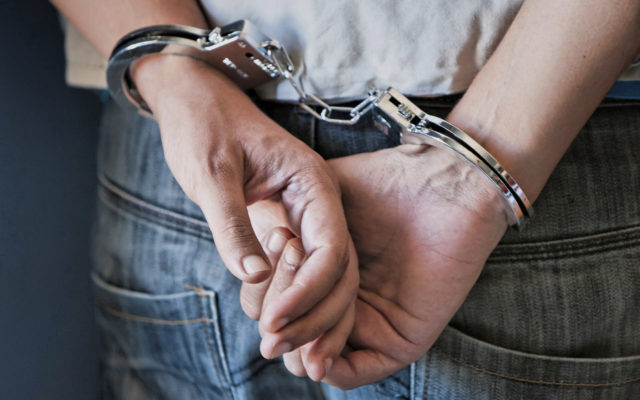Excavating the Tulsa Massacre to reconstruct “suppressed history”

▶ Watch Video: Scholars excavate scene of Tulsa Race Massacre to “reconstruct a suppressed history”
Nearly 100 years after the Tulsa Race Massacre, a team of scholars is working to uncover the unmarked graves of victims with hopes of identifying some of their bodies.
“We knew its history had been suppressed,” Phoebe Stubblefield, a forensic anthropologist at the University of Florida, said in an interview with CBSN. The first challenge, then, was finding where the dead are buried.
Between May 31 and June 1, 1921, a White mob looted and destroyed a section of Tulsa, Oklahoma, called Greenwood, where many Black families lived at the time. It was known to some as “the Black Wall Street.” The mob was fueled by claims that a Black teenager attacked a White woman.
The mob burned the neighborhood to the ground, killing as many as 300 people and destroying some 36 square blocks. Local police joined the mob and White hospitals refused to take those wounded in the fires. The massacre is widely regarded today as one of the worst displays of racist violence in American history.
Stubblefield, who is one of the scholars leading the excavation, said her team is focused on finding victims of the massacre, so they are looking for remains that have signs of trauma. The task then becomes identification.
“The goal is to hopefully achieve individual identity, and that will be through DNA analysis,” she said.
While Stubblefield is optimistic that her team will be able obtain a good amount of DNA from some of the remains — even after 100 years — it could still be difficult to find any present day matches.
“The biggest concern is, are there individuals living now who have their DNA in a public database such that we can tie them to these individuals from 100 years ago?” she said.
One of the biggest obstacles to identifying victims: there are many more people of European descent in DNA databases compared to those of African descent, she said.
As a result, Stubblefield said she “can’t guarantee that we will give any close associations from the DNA that we do obtain.”
Stubblefield also has a personal connection to the violence: her great-aunt’s home was burned down during the massacre — something she hadn’t learned until she told her mother she had joined the Tulsa Riots Commission. Stubblefield said her great-aunt and great-uncle, Anna and Ellis Walker Woods, were community leaders in Greenwood.
The team has already found several mass graves, and Stubblefield predicts there is “at least” one other site yet to be uncovered.



